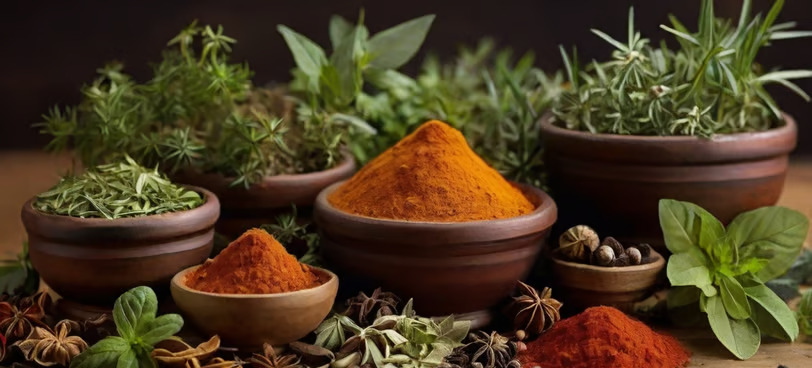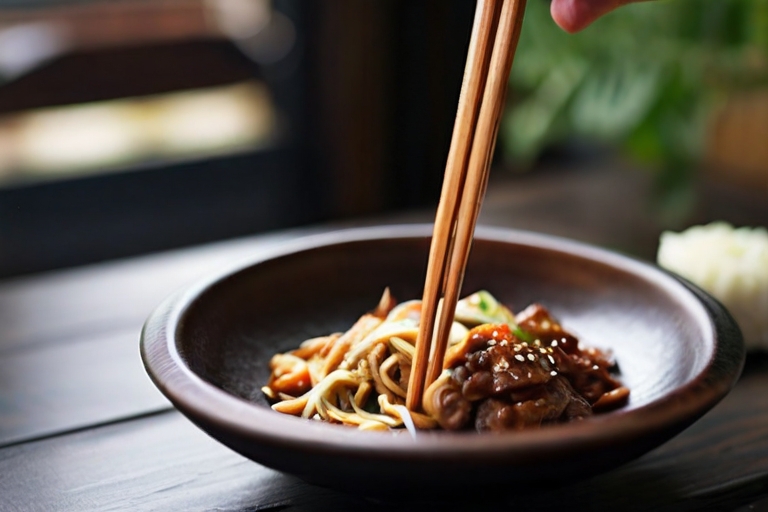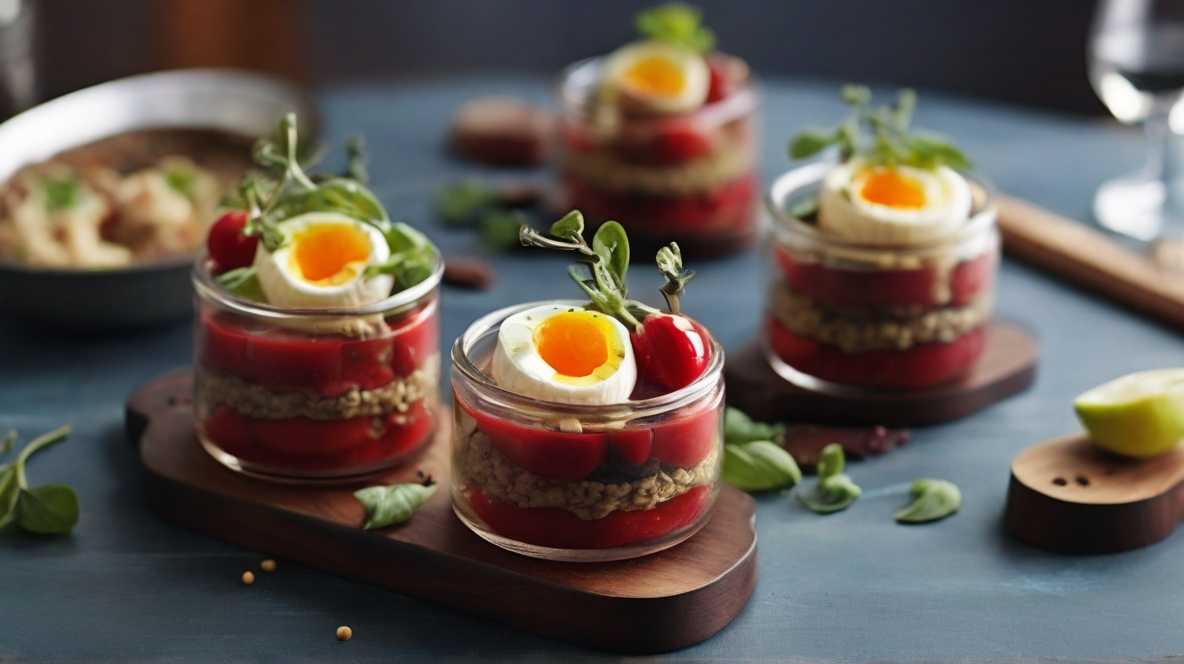Cooking is an art that relies on a palette of flavors, textures, and aromas, all woven together by a diverse array of ingredients. Whether you’re a novice in the kitchen or an experienced home chef, understanding the basics of cooking ingredients is fundamental to creating delicious and well-balanced meals. In this comprehensive guide, we’ll delve into the essential building blocks of cooking, exploring their characteristics, uses, and the transformative role they play in the culinary world.
The Foundation: Herbs and Spices
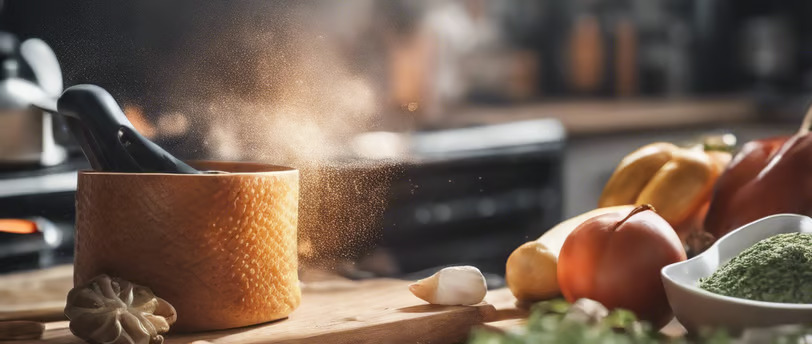
Herbs
Herbs are the leafy, green parts of plants and are often used fresh or dried to add flavor to dishes. Common herbs include basil, parsley, cilantro, and mint. Each herb brings a unique profile, enhancing dishes with freshness and vibrancy.
- Basil: Known for its sweet and slightly peppery flavor, basil is a staple in Mediterranean and Italian cuisines. It pairs well with tomatoes, making it a key ingredient in classic dishes like Caprese salad and pesto.
- Parsley: This versatile herb adds a bright, clean flavor to a variety of dishes. Flat-leaf parsley is commonly used in salads and garnishes, while curly parsley is often a decorative element.
- Cilantro: A common herb in Asian, Mexican, and Middle Eastern cuisines, cilantro has a distinctive citrusy and slightly peppery taste. It’s a key component in salsa, guacamole, and various curry dishes.
- Mint: With its refreshing and cool taste, mint is often used in both sweet and savory dishes. It’s a must-have for desserts like mint chocolate chip ice cream and adds brightness to savory dishes like tabbouleh.
Spices
Spices are derived from the seeds, bark, roots, or fruits of plants, adding depth, heat, and complexity to dishes. From the warmth of cinnamon to the kick of cayenne, spices are the secret weapons in a chef’s arsenal.
- Cinnamon: Known for its warm, sweet flavor, cinnamon is a versatile spice used in both sweet and savory dishes. It’s a key player in desserts like cinnamon rolls and can also add depth to savory stews and curries.
- Cayenne Pepper: This fiery spice adds heat to dishes. A pinch can transform a mild chili into a spicy masterpiece, while a sprinkle on roasted vegetables can elevate their flavor.
- Cumin: With its earthy and slightly nutty flavor, cumin is a staple in many spice blends. Commonly used in Mexican, Indian, and Middle Eastern cuisines, it adds depth to dishes like chili, curry, and falafel.
- Paprika: Coming in various forms, such as sweet, smoked, or hot, paprika is a versatile spice that adds color and flavor. It’s a key ingredient in dishes like Spanish paella and Hungarian goulash.
The Essentials: Cooking Oils and Fats
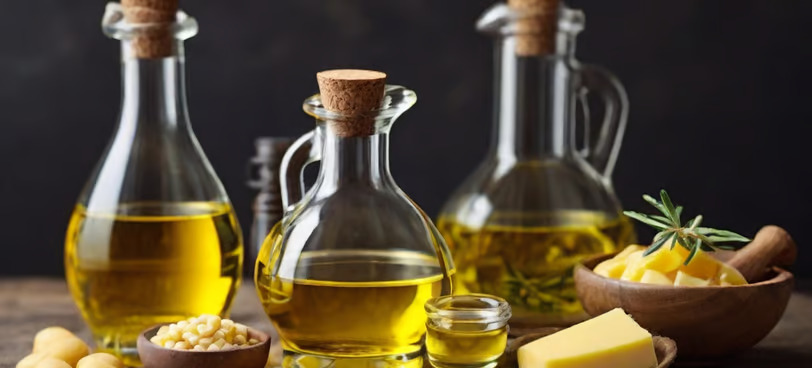
Cooking Oils
Cooking oils serve as the foundation for many dishes, providing a medium for cooking and contributing to the overall flavor profile. Understanding the smoke points and flavor profiles of different oils is crucial for successful cooking.
- Olive Oil: A cornerstone of Mediterranean cuisine, olive oil comes in various grades, each suited for different purposes. Extra virgin olive oil is ideal for drizzling over salads, while regular olive oil is great for sautéing and roasting.
- Vegetable Oil: A neutral-flavored oil with a high smoke point, vegetable oil is often used in frying and high-heat cooking methods. It’s a versatile option for various culinary applications.
- Coconut Oil: With its distinct coconut flavor, coconut oil is popular in both sweet and savory dishes. It solidifies at cooler temperatures but can be melted for cooking.
- Sesame Oil: Common in Asian cuisines, sesame oil adds a rich, nutty flavor to dishes. It’s often used as a finishing oil due to its lower smoke point.
Fats
Fats contribute richness, moisture, and flavor to dishes. From butter to lard, the choice of fat can significantly impact the taste and texture of a meal.
- Butter: A kitchen staple, butter is prized for its rich, creamy taste. It’s used in baking, sautéing, and as a finishing touch for dishes like pasta and vegetables.
- Olive Oil (as a Fat): In addition to being a cooking oil, olive oil is often used as a flavorful fat in dressings, marinades, and dips.
- Lard: Rendered pork fat, lard adds a distinctive flavor to dishes and is a traditional choice in baking and frying. It’s a key ingredient in flaky pie crusts and crispy fried chicken.
- Avocado: While not a traditional cooking fat, the creamy texture of avocado makes it a popular choice for adding richness to dishes like salads and sandwiches.
Building Blocks: Grains, Legumes, and Pasta
Grains
Grains are a dietary staple worldwide, providing a significant source of carbohydrates and essential nutrients. From rice to quinoa, incorporating a variety of grains adds diversity to meals.
- Rice: A global staple, rice comes in various varieties such as basmati, jasmine, and arborio. It serves as a versatile side dish and a base for many Asian and Latin American dishes.
- Quinoa: Packed with protein and nutrients, quinoa is a gluten-free grain that works well in salads, bowls, and as a side dish.
- Oats: A hearty and nutritious grain, oats are a breakfast favorite. They can be used in various forms, from traditional oatmeal to granola bars.
- Barley: With a nutty flavor and chewy texture, barley is often used in soups, stews, and salads. It’s a great source of fiber and adds substance to dishes.
Legumes
Legumes, or pulses, are plant-based sources of protein and fiber. They come in various forms, from dried to canned, and are a nutritious addition to a balanced diet.
- Lentils: Quick-cooking and versatile, lentils are a protein-rich legume used in soups, stews, and salads. They come in different varieties, including green, brown, and red.
- Chickpeas: Also known as garbanzo beans, chickpeas are a staple in Mediterranean and Middle Eastern cuisines. They can be roasted for a crunchy snack or pureed into hummus.
- Black Beans: Common in Latin American cuisine, black beans are a versatile legume used in soups, rice dishes, and salads. They have a robust flavor and firm texture.
- Kidney Beans: Large and kidney-shaped, these beans are often used in chili, stews, and salads. They have a meaty texture and absorb flavors well.
Pasta
Pasta is a beloved and versatile staple that comes in various shapes and sizes. From spaghetti to penne, pasta serves as a canvas for a multitude of sauces and toppings.
- Spaghetti: Long and thin, spaghetti is a classic pasta shape that pairs well with a variety of sauces, from marinara to carbonara.
- Penne: With its tube-like shape, penne is ideal for holding chunky sauces. It’s a popular choice in baked pasta dishes.
- Fettuccine: Broader than spaghetti, fettuccine is often used with creamy Alfredo sauces and pairs well with seafood and mushrooms.
- Ravioli: Stuffed with various fillings, ravioli is a type of filled pasta that can be boiled or pan-fried. It’s a delicious option for a special meal.
Flavor Enhancers: Stocks, Broths, and Condiments
Stocks and Broths
Stocks and broths form the foundation of many savory dishes, providing depth, richness, and umami.
- Chicken Stock: Made from simmering chicken bones, vegetables, and aromatics, chicken stock is a versatile base for soups, stews, and risotto.
- Beef Broth: Crafted from beef bones, vegetables, and herbs, beef broth adds robust flavor to dishes like beef stew and French onion soup.
- Vegetable Stock: An essential for vegetarian and vegan cooking, vegetable stock is made from simmering a medley of vegetables, herbs, and spices.
- Fish Stock: Common in seafood-based dishes, fish stock is created by simmering fish bones, vegetables, and herbs.
Condiments
Condiments add a burst of flavor, acidity, and tanginess to dishes, elevating their taste profiles.
- Soy Sauce: A staple in Asian cooking, soy sauce adds saltiness and umami to stir-fries, marinades, and dipping sauces.
- Mustard: With its sharp and tangy flavor, mustard is a versatile condiment used in dressings, sandwiches, and marinades.
- Ketchup: A beloved classic, ketchup adds sweetness and acidity to burgers, fries, and meatloaf.
- Hot Sauce: Whether it’s mild or fiery, hot sauce is a popular condiment for adding heat and depth of flavor to various dishes.
Sweet Endings: Sugars, Sweeteners, and Flavorings

Sugars
Sugars play a crucial role in baking and dessert-making, providing sweetness and contributing to texture.
- Granulated Sugar: The most common form of sugar, granulated sugar is used in baking, cooking, and sweetening beverages.
- Brown Sugar: With its molasses content, brown sugar adds moisture and a rich flavor to baked goods and sauces.
- Powdered Sugar: Also known as confectioners’ sugar, powdered sugar is finely ground and used for making frostings, glazes, and dusting desserts.
- Coconut Sugar: A natural sweetener with a caramel-like flavor, coconut sugar is a popular alternative to traditional sugars in baking.
Sweeteners
Beyond traditional sugars, various sweeteners offer alternative options for those seeking different flavor profiles.
- Honey: A natural sweetener with complex flavors, honey is used in both sweet and savory dishes, from desserts to marinades.
- Maple Syrup: Extracted from maple trees, maple syrup adds a distinct sweetness to pancakes, waffles, and desserts.
- Agave Nectar: A liquid sweetener derived from the agave plant, agave nectar is often used as a vegan alternative to honey.
- Stevia: A calorie-free sweetener extracted from the leaves of the Stevia plant, Stevia is a popular choice for those looking to reduce their sugar intake.
Flavorings
Flavorings, such as extracts and essences, intensify and enhance the taste of desserts and baked goods.
- Vanilla Extract: A ubiquitous flavoring in baking, vanilla extract adds warmth and depth to cookies, cakes, and custards.
- Almond Extract: With its nutty and sweet flavor, almond extract is a common addition to cookies, pastries, and frosting.
- Peppermint Extract: Used in candies, cookies, and beverages, peppermint extract imparts a cool and refreshing flavor.
- Orange Zest: The outer peel of oranges, orange zest adds a burst of citrusy flavor to baked goods, sauces, and desserts.
Wrapping It Up: The Culinary Canvas
In conclusion, the world of cooking is an intricate and flavorful journey, with basic ingredients serving as the building blocks of culinary artistry. From the vibrant hues of fresh herbs to the complex notes of spices, and from the comforting textures of grains to the enriching depth of stocks, every ingredient plays a crucial role in creating a harmonious and delicious meal. As you embark on your culinary adventures, remember that understanding these basic ingredients empowers you to experiment, innovate, and truly enjoy the art of cooking.
Now armed with the knowledge of these fundamental ingredients, step into your kitchen with confidence, embrace the creativity that cooking allows, and savor the delightful symphony of flavors you’ll create. Happy cooking!





